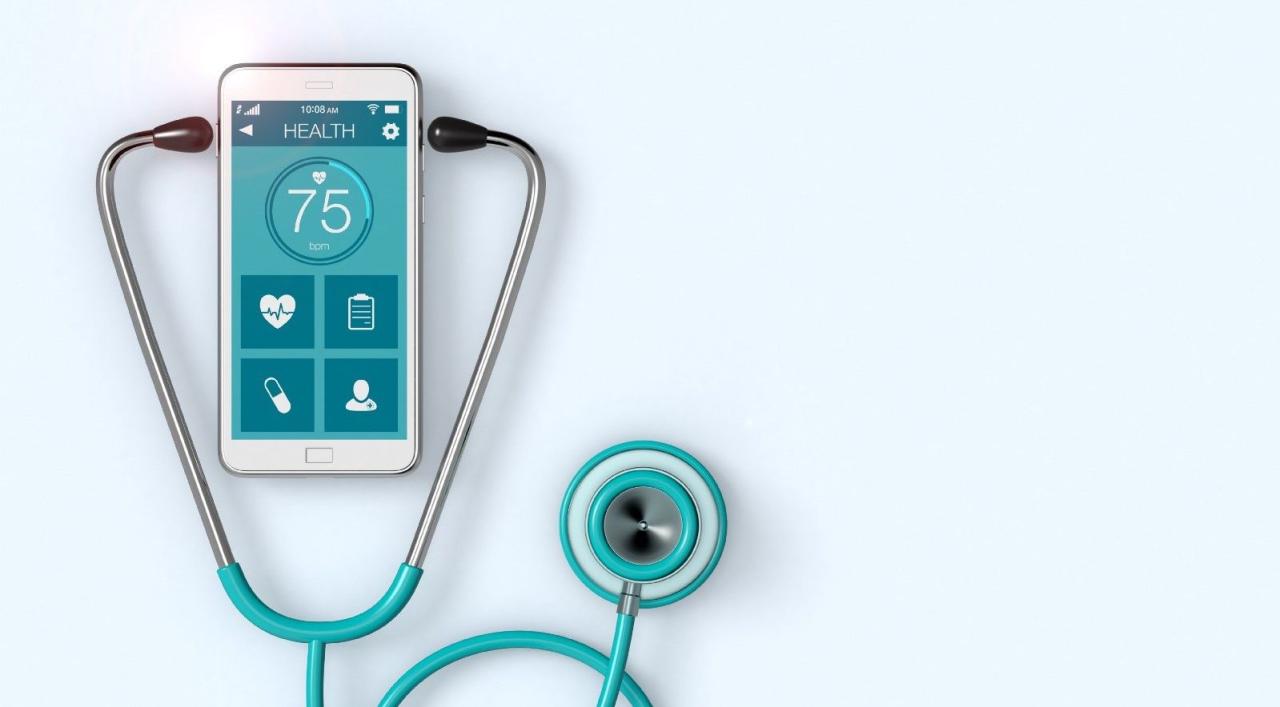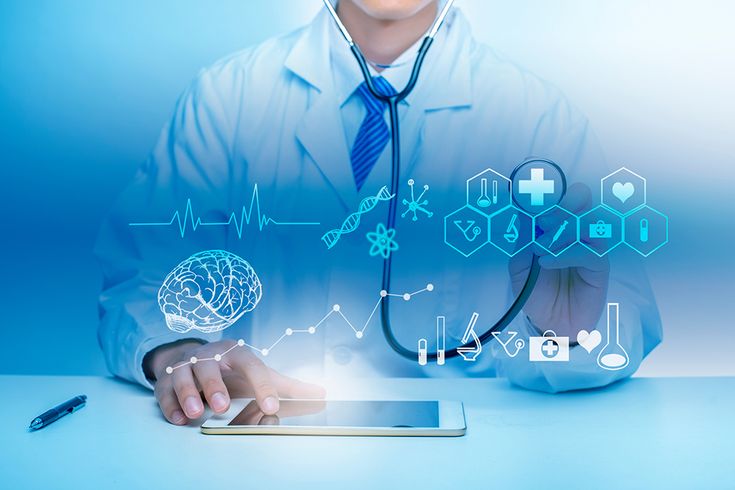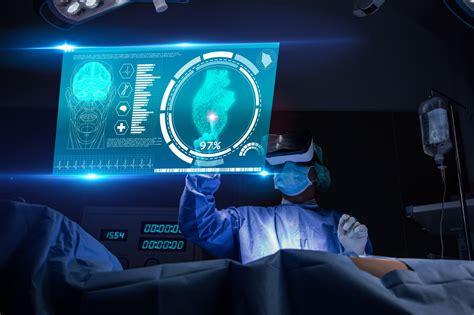In an era defined by rapid technological advancement, smart tools have revolutionized the way we approach health monitoring. From tracking daily activity to detecting critical physiological changes, these innovations empower individuals and healthcare providers alike. By harnessing the power of sensors, connectivity, and data analytics, smart health tools not only enhance patient engagement but also enable proactive care. This comprehensive article explores the evolution, key technologies, benefits, challenges, and future trends of smart tools in health monitoring, offering valuable insights for anyone interested in the intersection of technology and healthcare.

Evolution of Health Monitoring
The journey of health monitoring has traversed centuries, from the rudimentary pulse-taking methods of ancient physicians to today’s sophisticated digital platforms. Early practitioners relied on direct observation and manual measurement, which, while groundbreaking for their time, offered limited precision and scalability.
With the advent of the stethoscope in the 19th century and medical imaging in the 20th century, clinicians gained deeper insights into the human body. However, these tools remained largely confined to clinical settings. The turn of the millennium witnessed a paradigm shift: miniaturized electronics, ubiquitous connectivity, and advanced data processing converged to birth a new generation of health-monitoring solutions. Wearables, mobile applications, and remote platforms now bridge the gap between hospitals and homes, democratizing access to vital health information and fostering a culture of preventive care.
Key Smart Tools in Health Monitoring
A. Wearable Devices
Wearable devices represent the most visible face of smart health monitoring. These gadgets, designed to be worn on the wrist, chest, or even clothing, continuously collect data on various physiological parameters.
-
Fitness Trackers: Devices like wristbands and smartwatches monitor steps taken, calories burned, and sleep quality. Advanced models can measure heart rate variability (HRV), blood oxygen saturation (SpO₂), and stress levels.
-
Smart Clothing: Embedded with textile-based sensors, smart garments track muscle activity, posture, and respiration. Athletes and rehabilitation patients benefit from real-time feedback on performance and recovery.
-
Biosensing Patches: These adhesive patches adhere to the skin and detect biomarkers in sweat or interstitial fluid, offering non-invasive monitoring of glucose levels, hydration status, and electrolyte balance.
B. Implantable Sensors
For patients requiring continuous, high-precision monitoring, implantable sensors offer a powerful solution. These devices, placed under the skin or within specific organs, transmit data to external receivers.
-
Cardiac Monitors: Implantable loop recorders and pacemakers track heart rhythm abnormalities, enabling early detection of arrhythmias and timely intervention.
-
Glucose Sensors: Implanted glucose sensors provide diabetic patients with near-continuous blood sugar readings, significantly reducing the need for finger-prick tests.
-
Neurostimulators: Devices like deep brain stimulators not only monitor neural activity but also deliver targeted electrical pulses to manage conditions such as Parkinson’s disease and epilepsy.
C. Mobile Health Applications
Smartphones have become indispensable health-monitoring hubs, thanks to dedicated mobile applications. By integrating device sensors and cloud connectivity, these apps offer versatile, user-friendly platforms.
-
Symptom Trackers: Users can log symptoms, medication intake, and lifestyle factors, creating comprehensive health diaries that facilitate personalized care.
-
Teleconsultation Apps: Enabling video calls, secure messaging, and electronic prescriptions, these applications connect patients with healthcare professionals regardless of geographical barriers.
-
AI-Powered Diagnostics: Leveraging machine learning algorithms, certain apps analyze user-provided data—such as cough recordings or skin lesion images—to screen for conditions like respiratory infections and dermatological issues.
D. Telemedicine Platforms
Beyond mobile apps, robust telemedicine platforms integrate multiple smart tools into cohesive ecosystems. These solutions are transforming clinical workflows and expanding access to care.
-
Remote Patient Monitoring (RPM): RPM systems collect data from various home-based devices—blood pressure cuffs, pulse oximeters, weight scales—and transmit readings to care teams for ongoing assessment.
-
Virtual Care Suites: Comprehensive platforms offer appointment scheduling, electronic health record (EHR) integration, and analytics dashboards, streamlining both administrative and clinical processes.
-
Connected Care Networks: By linking hospitals, clinics, and patients through interoperable standards, these networks ensure seamless data exchange and collaborative decision-making.
Benefits of Smart Health Monitoring

A. Real-Time Data Access
Smart tools deliver instantaneous insights into vital signs and health metrics, enabling timely interventions and reducing the risk of complications.
B. Personalized Care
Data-driven analytics facilitate tailored treatment plans based on individual patterns, preferences, and risk profiles.
C. Improved Patient Engagement
Interactive dashboards and mobile notifications encourage users to take an active role in managing their health, leading to better adherence and outcomes.
D. Early Detection of Anomalies
Continuous monitoring increases the likelihood of identifying subtle physiological changes before they escalate into serious issues.
E. Reduced Healthcare Costs
Preventive monitoring and remote care models help minimize hospital visits, readmissions, and emergency interventions.
F. Scalability and Accessibility
Cloud-based platforms and affordable consumer devices make advanced health monitoring accessible to diverse populations, including those in remote or underserved regions.
Implementation Challenges and Considerations
A. Data Privacy and Security
The collection and transmission of sensitive health data raise concerns about unauthorized access and breaches. Robust encryption, secure authentication, and compliance with regulations such as HIPAA and GDPR are imperative.
B. Interoperability
Fragmented ecosystems and proprietary data formats hinder seamless integration across devices and platforms. Adoption of open standards and APIs is essential for cohesive workflows.
C. Accuracy and Validation
Consumer-grade devices may lack the precision required for clinical decision-making. Rigorous validation studies and regulatory approvals are necessary to establish reliability.
D. User Adoption and Literacy
Variations in digital literacy, technology acceptance, and cultural attitudes can impact user engagement. Intuitive interfaces, multilingual support, and targeted education programs help bridge these gaps.
E. Infrastructure and Connectivity
Reliable internet access and power supply are prerequisites for most smart tools. In regions with limited infrastructure, offline-capable solutions and alternative connectivity methods (e.g., satellite, mesh networks) may be required.
Future Trends in Smart Health Monitoring

As technology continues to evolve, several emerging trends promise to further transform health monitoring:
-
Artificial Intelligence and Predictive Analytics: Advanced algorithms will leverage large datasets to forecast health events—such as heart attacks or diabetic crises—enabling truly preemptive care.
-
Nanotechnology-Enhanced Sensors: Ultra-small sensors capable of detecting molecular changes at the cellular level will unlock new frontiers in early disease detection.
-
Augmented Reality (AR) and Virtual Reality (VR): AR and VR applications will support remote diagnostics, surgical planning, and patient education through immersive visualizations.
-
Blockchain for Health Data Management: Decentralized ledgers can enhance data security, provenance, and patient control over personal health information.
-
Integration with Smart Home Ecosystems: Health-monitoring tools embedded within everyday appliances—such as smart mirrors and toilets—will provide passive, continuous insights without requiring user intervention.
Conclusion
Smart tools are reshaping the landscape of health monitoring, offering unprecedented opportunities for personalized, proactive care. While challenges around privacy, interoperability, and validation remain, ongoing innovations in AI, nanotechnology, and connectivity are poised to address these barriers. By embracing these advancements, healthcare providers and patients alike can move toward a future where real-time insights, early interventions, and seamless care delivery become the new standard. The journey has only just begun, and the potential for improved outcomes and enhanced quality of life is boundless.





